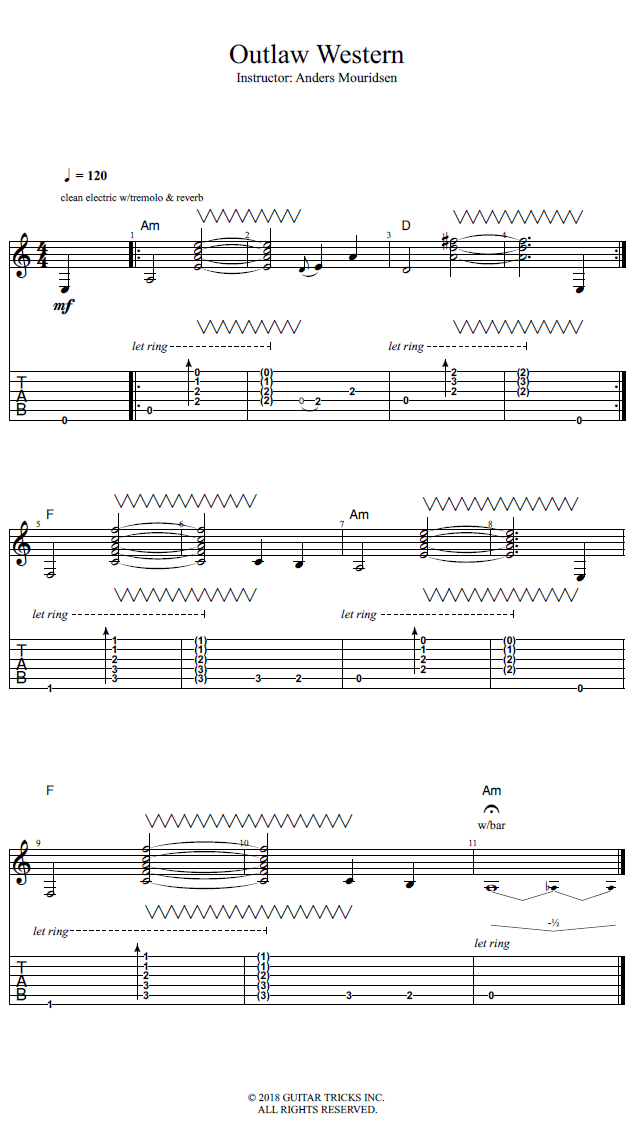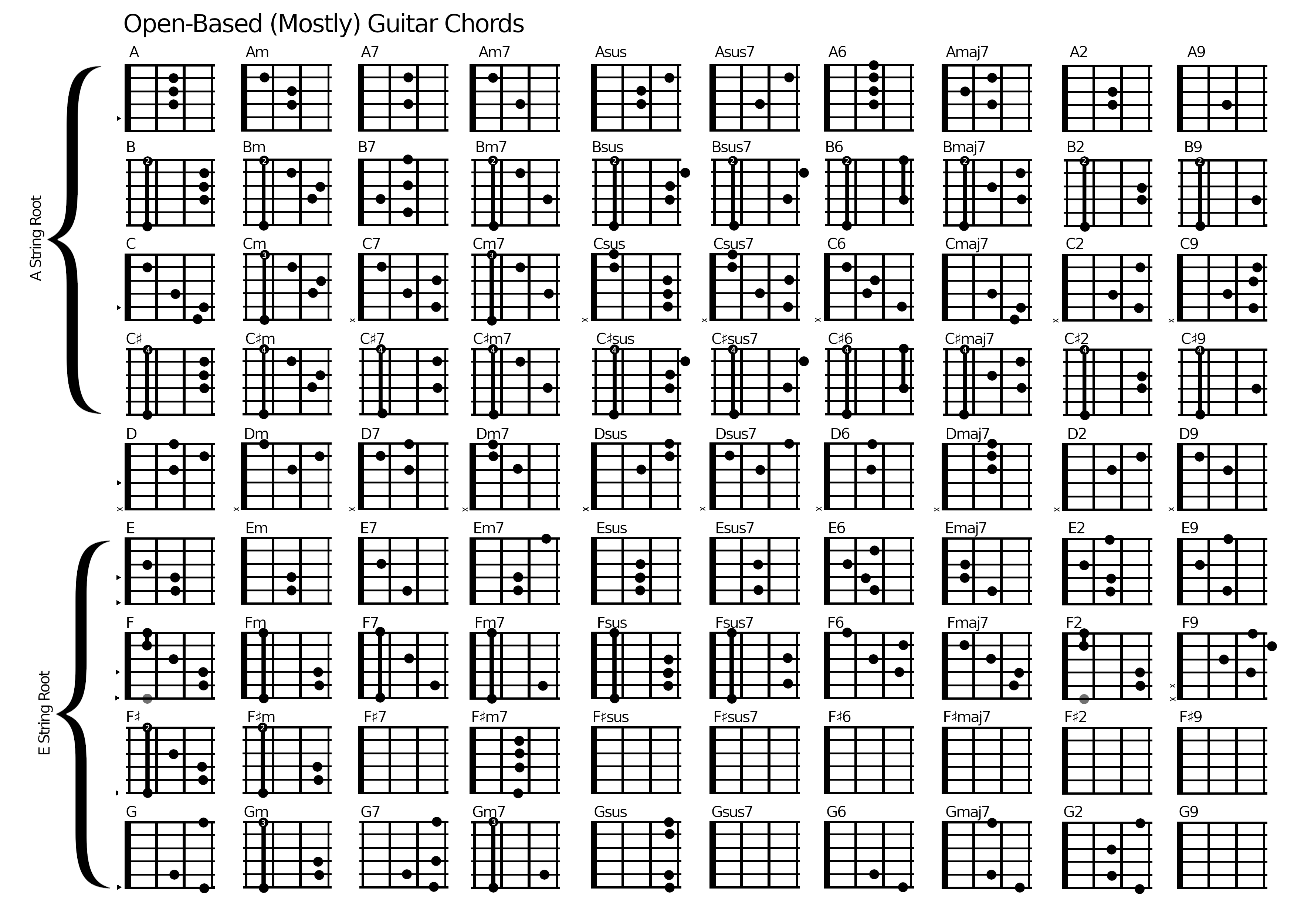

When considering sites and channels to recommend, we looked for ones with engaging content that would make learning fun and quickly get you playing some simple songs. The Alvarez RU22C is the best ukulele for beginners because it has great sound and styling, and its concert-size body is good for kids and adults alike. Anything reasonably functional is good enough for a beginner, whether it’s an old hand-me-down from a relative or a pick from our guide: Of course, to begin you’ll need a guitar or ukulele, if you don’t already have one.

How often you practice and how much you challenge yourself will usually matter more than your choice of online instructor.
Bar chord a ten thumbs pro#
There are innumerable websites and YouTube channels that offer guitar and uke instruction, some of them making absurd promises that you’ll “play like a pro in a week.” But for the most part, all of these instructors teach the same basic chords, notes, and techniques.

When I took up the notoriously difficult double bass after years of noodling on other instruments, I relied for the first nine months entirely on lessons from DiscoverDoubleBass-and within a year, I found myself playing jazz gigs. Or, to put it more simply, there’s nothing like a little more pluck to get you through a crisis.įor the time being, working with a teacher in person is not an option, but you can make lots of progress on your own. And the sense of accomplishment you’ll feel as your favorite tunes emerge from your fingertips is one of the most gratifying learning experiences we know of. The focus that’s required for practicing will wipe the day’s events from your mind, at least for a while. We’re here to help, with a few recommendations for online instructors we’ve used and enjoyed.Ĭontrary to what many ads for online music instruction will tell you, the important thing is not how you start but merely that you do start-especially now, since we could all use a little self-administered music therapy. But the confusing array of options for online guitar and ukulele instruction may prove to be more of a deterrent than an encouragement. Thanks to the Internet, we also have the resources to learn to play at home-for free. And many of us also own a guitar or ukulele that we bought on impulse, promising ourselves we’d learn to play when we had the time. The concept behind bar chords is a simple one.Many of us now have more downtime than we’ve had in years. A bar chord requires you to use a single finger (usually your index finger) to fret multiple strings at once. This index-finger bar works a lot like a capo pressing all strings across one fret (whether with a finger or a capo) lets you use simplified chord shapes behind that bar.īut why learn to play bar chords, anyway? Being able to use the same shape to play different chords is a major advantage when it comes to guitar playing. For one, you don't need to memorize seemingly endless chord shapes like you do when learning open chords.
Bar chord a ten thumbs how to#
When you know your bar chord shapes, you can often figure out how to play a chord if you don't know the exact fingering for it.įor example, let's say you need to play a G minor.

To play it as a barre chord, you would just need to find a root note and know your minor chord shape for that root note. Though it's certainly worthwhile, learning to shape bar chords does take some time and effort. On open chords, your open strings ring out freely. But since there are no open strings with bar chords, you'll need to make sure that each note can ring without any muting or buzzes. We'll go over some tips for learning how to do this later on. You may have begun taking steps toward fully shaped bar chords without even knowing it. Many beginners learn an abbreviated F major. It's the first chord on this chart:Īs you've been learning to shape bar chords, you're probably getting the hang of what open chord shapes each barre chord type is based around.


 0 kommentar(er)
0 kommentar(er)
